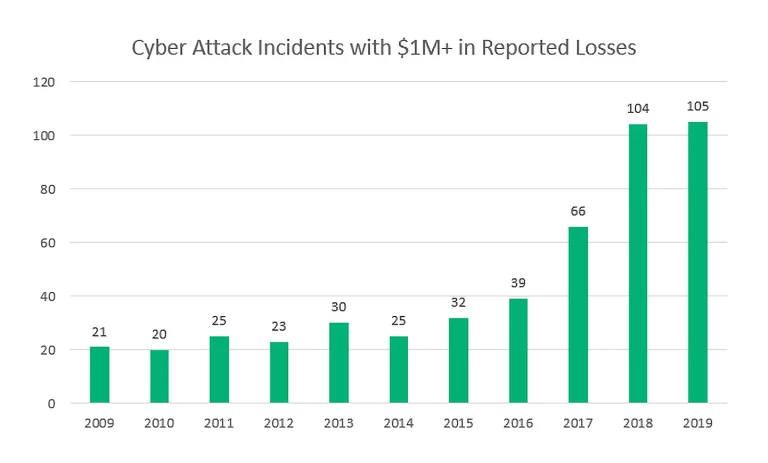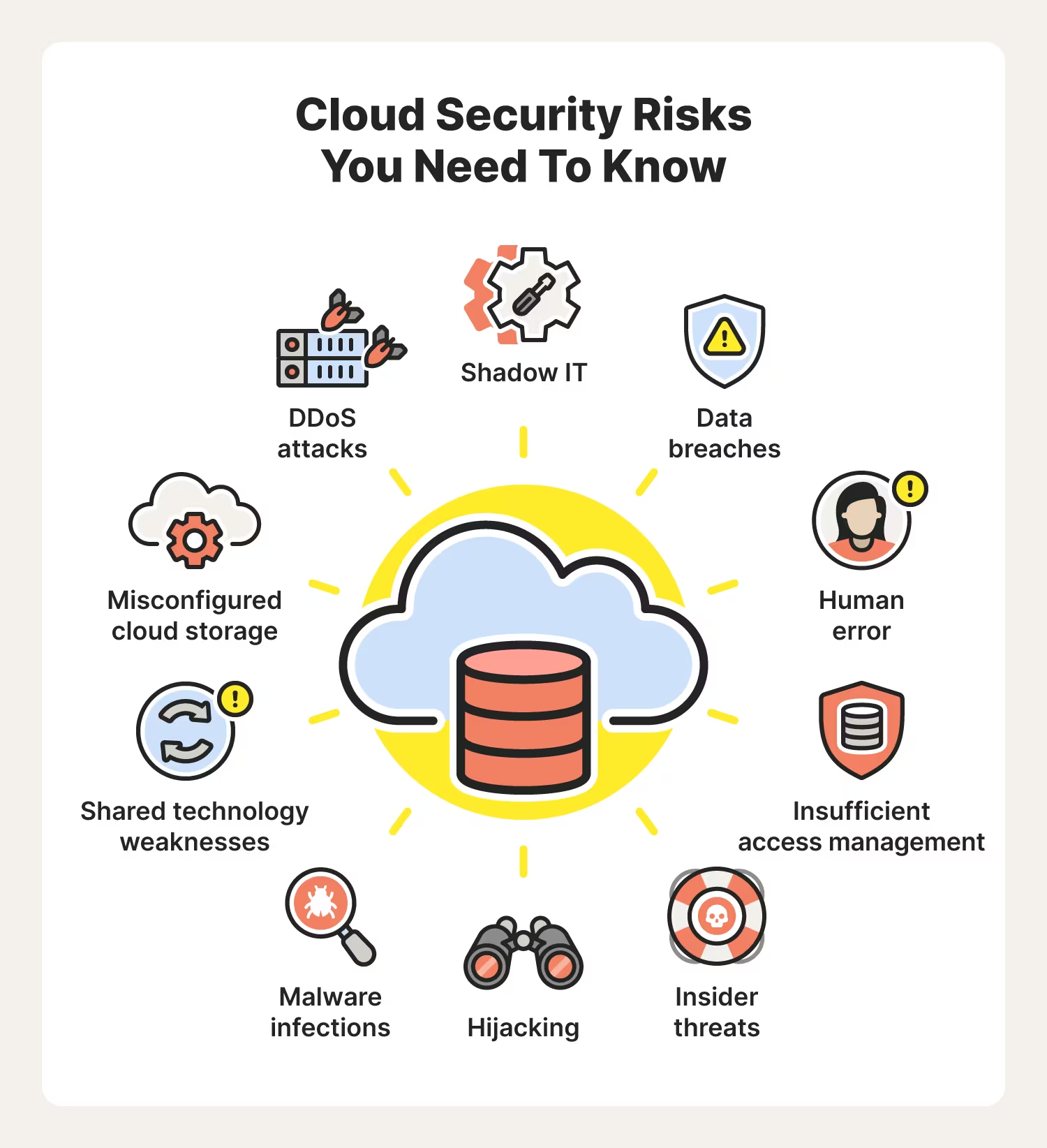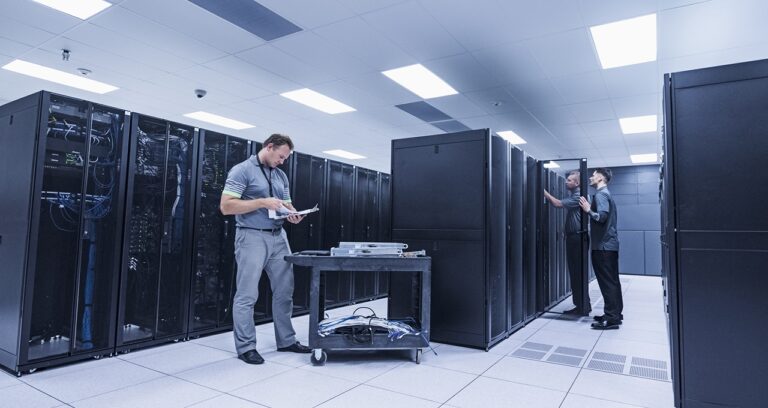6 Trends Shaping Cloud Computing in 2022
Enterprises’ technology needs have increased in complexity over the last year, in light of the fact that workplaces went decentralized and have stayed so as the COVID-19 pandemic has continued. Microsoft reported in February of 2021 that its second-quarter fiscal 2021 revenue for commercial cloud activities had shown a 34% year-over-year gain. Cloud computing grew massively in 2021, and it seems likely that it will continue on a similar trajectory of growth. Having the best cloud computing technology in place is a central target for organizations aiming for increased scalability, business continuity, and cost-efficiency.
As a result, the cloud space is changing and evolving all the time, which can make it difficult to keep up with the latest innovations and standards in the industry. In 2022, it seems likely that companies will shift focus towards building end-to-end solutions for clients who no longer want to manage their own cloud computing systems. We’ve been keeping track of the most important trends in cloud computing in 2022, so let’s explore the top five that are worth keeping an eye on for this year.
1. Cloud Integrated SD-WAN Solutions
SD-WAN, or software-defined wide area networks, are becoming more popular solutions to the problem of increasing geographical spread of organizations. As employees continue to state their preference for work-from-home or hybrid workflow, companies are becoming more spread out throughout countries, and throughout the world. Traditional WANs (wide area networks) are often locally designed and run, which means that employees must be inside of a particular physical space in order to work. SD-WANs eliminate the need for this proximity, and solve a few other problems as well.
Because SD-WANs separates control and management processes from physical hardware, these processes are more easily configurable and can be altered by administrators from anywhere. Control panels designed to adjust control and management often make it easier to tweak settings, instead of having to go into the office and code hardware. SD-WAN solutions dovetail well with cloud technology, promising quicker storage and management of these settings. That’s why Cyberlocke and Windstream offer customizable SD-WAN solutions to companies who are hoping to digitize processes that used to require specialized skill sets and lots of employee hours.
2. Edge Computing
Edge computing is rising in popularity in line with decentralization. This is a distributed computing paradigm that places data storage and computing closer to where the data is generated and consumed. It does not rely on a centralized cloud. The processing of data takes place on the ‘edge’ of the network, thereby improving response times and optimizing bandwidth.
IDC predicts that 40% of organizations will double their IT spending on edge locations and nearby colocation facilities in 2022. In all likelihood, cloud and edge computing will co-exist to reap the benefits of both: the security of a centralized cloud (data in the same place is easier to protect) and the optimal efficiency delivered by decentralized edge computing.
3. Artificial Intelligence Engineering
All organizations need a strong artificial intelligence (AI) engineering strategy to prevent their AI projects from failing. Without this engineering, many organizations won’t be able to achieve full-scale production with their AI projects; instead, they’ll stay stuck with proofs of concept and prototypes. AI engineering is growing in popularity because it facilitates the execution, scalability, interpretability, and trustworthiness of AI models.
AI engineering also plays a critical role in the processes that keep data centers running. By using AI algorithms to manage and monitor power usage, cooling systems, and hardware networks in fragile and expensive environments, you will reduce the chances of malfunctioning. AI engineering will also optimize the running efficiency of data centers and minimize their impact on the environment.
4. SASE
Secure Access Service Edge (SASE), a term coined by Gartner, is a cloud service that combines VPN and software-defined WAN capabilities with cloud-native security services like Zero Trust Network Access (ZTNA), firewall, cloud access security brokers, and secure web gateways.
The increase in remote work, as a result of the pandemic, has driven the adoption of SASE, as this service offers seamless security and extremely reliable connectivity across cloud and hybrid networks. Adoption rose consistently throughout 2021, and shows no sign of slowing down in 2022.
5. Virtual Cloud Desktops
Most of us will be working on virtual cloud desktops: where the whole environment of our workstation is delivered as a managed cloud service to our desktop or laptop. Organizations can take advantage of by-the-hour subscriptions for the time employees spend working at their machines. This will eliminate the cost of hardware updates and the need to get rid of redundant technology.
This is also known as desktop-as-a-service. It is a model of cloud computing that Amazon offers via its Workspaces platform and which Microsoft provides with Windows Virtual Desktop. This cloud service entails various benefits, such as increased efficiency by ensuring all employees are utilizing up-to-date, synchronized technology, and improved security through the centralized management of all devices.
Virtual cloud desktops also enable businesses to streamline their costs. When anyone joins or leaves the company, the cost changes in conjunction with the number of hours spent using the platform increasing or decreasing. This flexibility means that desktop-as-a-service is likely to increase in popularity in the coming years.
Cloud-based virtual desktops require heightened security measures, as they operate outside of centralized locations. Cyberlocke provides the highest level of security for these systems, ensuring that management can rest assured that their data is secure, even when the whole system operates over the cloud.
6. Hybrid Cloud Solutions
One further trend in cloud computing is the preference for hybrid or multi-cloud environments, where users can pick and choose the particular elements of a public or private cloud environment that suit their needs. Enterprises are finding that there is no one-size-fits-all solution when it comes to cloud environments. After all, public and private cloud environments have different advantages and disadvantages when it comes to security, performance, flexibility, and compliance.
The Flexera 2020 State of the Cloud Report notes that 93% of companies have a multi-cloud model in place while 87% have a hybrid cloud approach. In 2020 and 2021, we have seen an increase in private cloud companies offering hybrid or multi-cloud integrations. For example, some of these providers now utilize the public cloud to provide content delivery while storing and processing customer data via private cloud solutions.
Cloud computing has allowed many businesses – from SMEs to large corporations – to stay afloat in the midst of the challenges posed by the pandemic. The above trends that we have outlined will continue to be at the heart of IT for companies in 2022. They will enable organizations to enjoy the full potential of the cloud, which will prove critical for growth in the near and far future. Cyberlocke and Windstream are on the cutting edge of developing these technologies and can provide solutions for companies who want to move parts of their workflow to a hybrid cloud model.
Veterans often say that learning to “sell yourself” is one of the hardest things to get used to when transitioning to the private sector, especially if their education or degree in the field was earned maybe as long as a decade ago. Although veterans’ unemployment rates are down from a mid-pandemic peak of 11.9% to a current rate of 3.9%, many veterans coming out of the armed forces are still struggling to start careers.
The IT industry is facing a different kind of crunch.
A recent survey found that “64% of companies were looking to hire up to 50 developers this year,” and that “24% of HR professionals report[ed] that recruiting within tight time frames would present a major challenge.” Largely due to the COVID-19 pandemic and the paradigm shift towards remote work and online interaction, companies are increasingly struggling to stand out above their competition to hire the best talent. Some are beginning to expand their search parameters, considering candidates without full degrees in the field and looking at training “bootcamps” as an alternative hiring option.
But here at Cyberlocke we’re thinking even further outside the box. We recently launched an educational program for military veterans who are interested in starting a career in the field of IT. All veterans have to do is apply and if accepted are guaranteed a job with Cyberlocke at the end of their training with the company.
Cyberlocke Learn will allow qualified veterans an opportunity to get the background knowledge necessary to work in IT and then apply it directly to their chosen niche in the field.
The Cyberlocke CEO, himself a Navy veteran explains it, the goal of the program is to jumpstart veteran careers by giving veterans experience and choice. “We’re going to help veterans. We’re going to help them define their future for themselves.”


